A design engineer is someone that transforms ideas into real-life products. They are both experts in engineering and also creativity. As those familiar with Peli might imagine, Peli cases can be thought of as a design engineer’s best friend. Depending on the product that is to be designed, a Peli case provides a robust housing that protects devices from impacts as well as water and dust ingress when closed. But what exactly is a design engineer and what do they do? In this post we will go over this as well as the engineering design process.
What is a design engineer and what do they do?
Broadly speaking, a design engineer studies, researches, and develops ideas for new products and systems used to make them. Additionally, they are also responsible for improving on the designs of existing products or processes to increase efficiency or improve performance. A design engineer works on just about any product imaginable. This can include items such as telephones, medical equipment, kitchen appliances or aircraft engines.
As mentioned previously, design engineers must also be creative, thus they are also concerned with making products that are aesthetically pleasing and marketable to their intended target audience. But on the other hand, they are responsible for making sure that the product can be made cost-effectively and efficiently.
One tool that is used extensively by design engineers during the engineering design process is the use of software called computer-aided design (CAD). This software helps with engineering and design that allows for the creation of 2D or 3D models of the products to be designed, before ever being produced. With this software one can for share, review, simulate and modify designs easily. Rather than having to build prototype after prototype, CAD software aids in product innovation and most importantly, gets products to market quickly.
What is the engineering design process?
The engineering design process involves a series of steps for engineers to follow to find a solution to a problem. Often, this “problem” is how to design a product that solves the problem. The steps generally include setting objectives and constraints, building a prototype and later evaluation.
The design process is generally speaking iterative, following predetermined steps. However, some of these steps may need to be repeated before moving on to the next. As one might imagine, prototyping may need to be done more than one time, for example. This repetition is known as iteration and allows for lessons to be learned from failures and then for improvements to be made.
The engineering design process can generally be broken down into the following steps.
- Define the problem
Vital to any engineering design process is actually defining what the problem is that needs to be solved. This usually involves asking the right questions. The engineering design team must consider the pain points that cause the problem, whose pain points they are and why they should be addressed and solved. One must also consider how competitors may have or may in the future try to solve the problem. Some of the following questions should be asked to define this problem:
- What are the objectives of the project?
- Who is the target audience for this product?
- What are the pain points that the product is alleviating?
- How will the product alleviate the pain points?
- What are the resources needed for the project?
- How will the outcome of the project by measured?
- What is the product’s selling point (or unique selling proposition)?
- Are there similar products already on the market?
- If so, how will the product improve upon those that already exist?
- Do Research
In this step, design engineers and their team must do things such as look at competitors and see what they have on the market. Are there opportunities for improvement? This is where marketing teams within the organisation are called upon to conduct research on consumer behaviour, competitive analyses, and market trends to understand better the market as a whole. Research on whether or not the project can be done within cost constraints is also vital at this stage because as stated previously, it is important to consider if the project is financially feasible. Will the product cost too much to manufacture to make a profit? Forecasting demand and cost of production will be important. More questions to ask here are as follows:
- Why would the target audience choose the product?
- How often will they realistically utilize the product?
- What other solutions has a user tried to solve their pain points?
- Where else does the target audience shop for in similar products?
- What are the changes that could make existing products better serve the target audience?
- What are the cost constraints?
- Concept generation
This is the stage where the brainstorming begins to develop the concept of the product. This is where specific requirements and ideas begin to form. Making use of buyer personas and customer journeys will be imperative to get a clear perspective on how the product’s development and marketing strategy should look.
- Preliminary Design(s): Prototyping
A prototype is a draft version of a product that allows for the exploration of ideas and shows the intention behind a feature or the overall design concept to users before investing time and money into development.
Testing the prototype with the target audience will help to clarify answers to important questions as well as identify potential flaws. With this feedback, an engineering team can reiterate the prototype, improving on the design, before producing the final product.
- Detailed Design
This is where selecting the prototype comes in and detailed design of the final product comes in. As mentioned previously, CAD programs are used extensively in design engineering. They make the detailed design phase more efficient.
For example, CAD programs can provide optimizations to reduce volume without compromising the quality of a part or component of the final product. It can also calculate stresses and displacements using finite element methods to determine stresses throughout the component part.
- Production Planning
This is where planning how to mass-produce the product and what should be used in the manufacturing process takes place. Tasks to complete in this step include the selection of materials, selection of the production processes, determination of the sequence of operations, and selection of tools and machinery.
- Product Analysis and Improvement
At this point, the product should be brought to market. Products will have been purchased, used and reviewed. This will allow for the evaluation and gaining of insight into how the products accomplished solving the original stated problem. Feedback from the target audience on their experience using the product will be extremely important when developing a next generation of the product. This will help to communicate what adjustments need to be made, why they are necessary and how an updated version can better serve the target audience’s needs.
As stated previously, Peli cases can be thought of as a design engineer’s best friend. Since 1967, engineering teams have relied on injection-moulded Peli cases to protect their high-tech sensitive equipment due to the cases’ high-impact and chemical resistance as well as its IP67 watertight and dust-proof enclosures that offer total protection against external elements and impact.
To learn more about Peli’s cases, click on the button below to get a FREE case guide.
Additionally, for design engineers that require CAD files, you can get Peli case CAD files for free by clicking here.




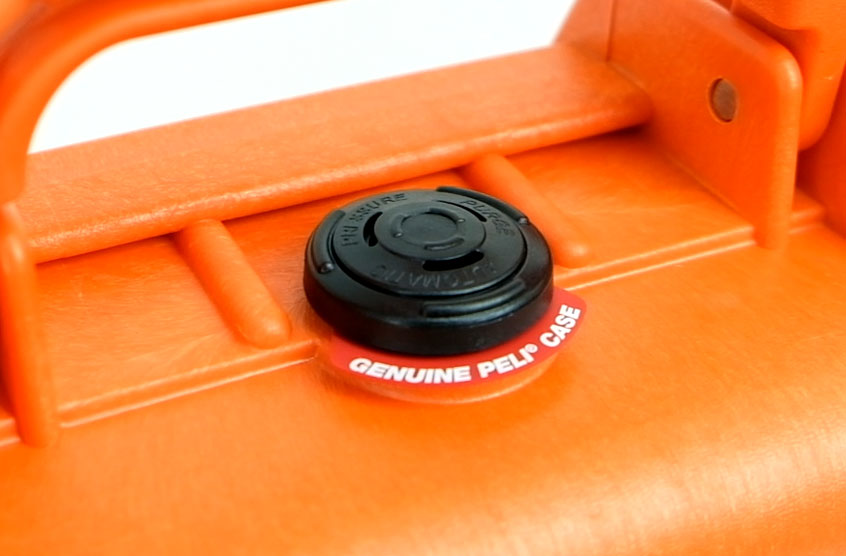
.png)

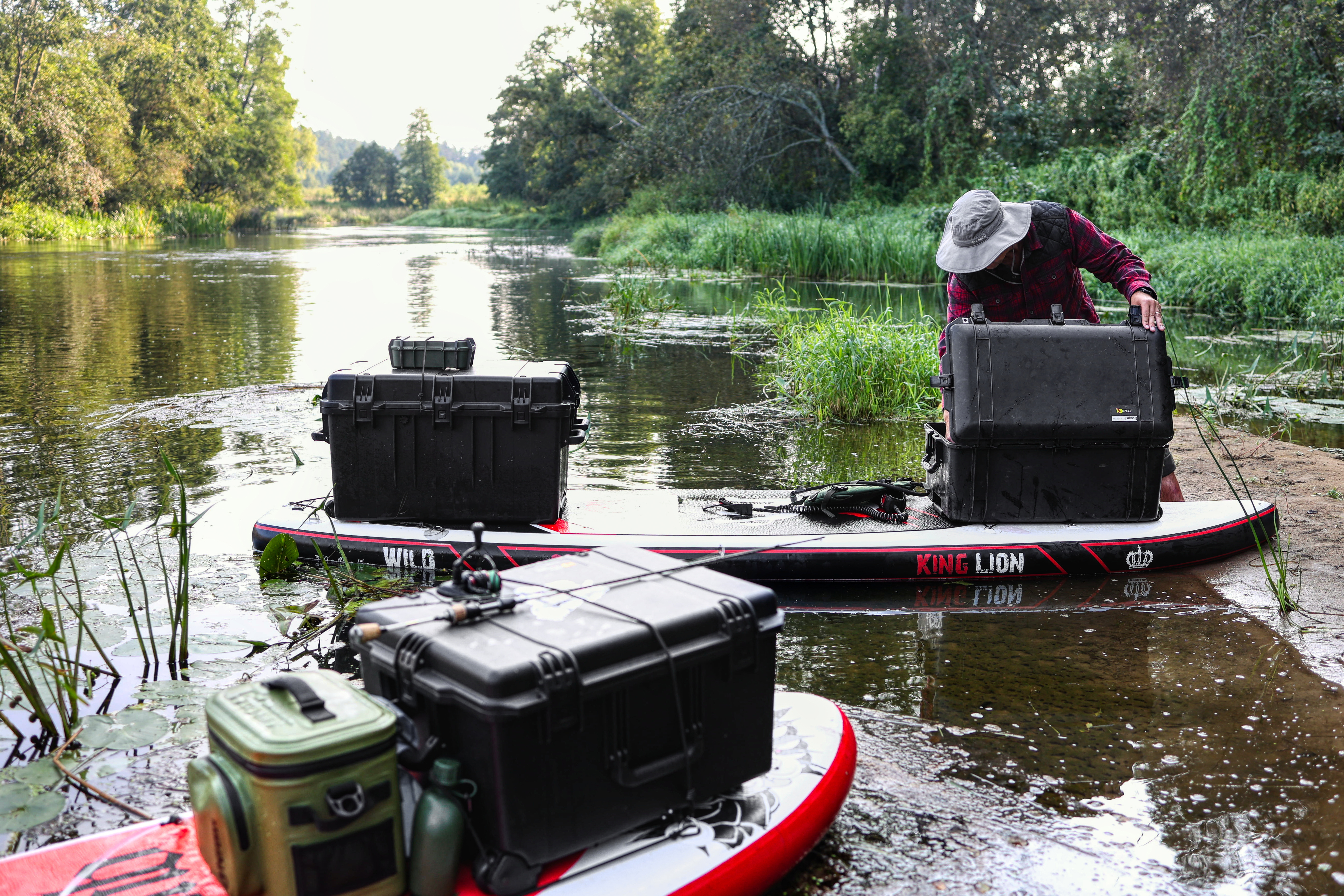
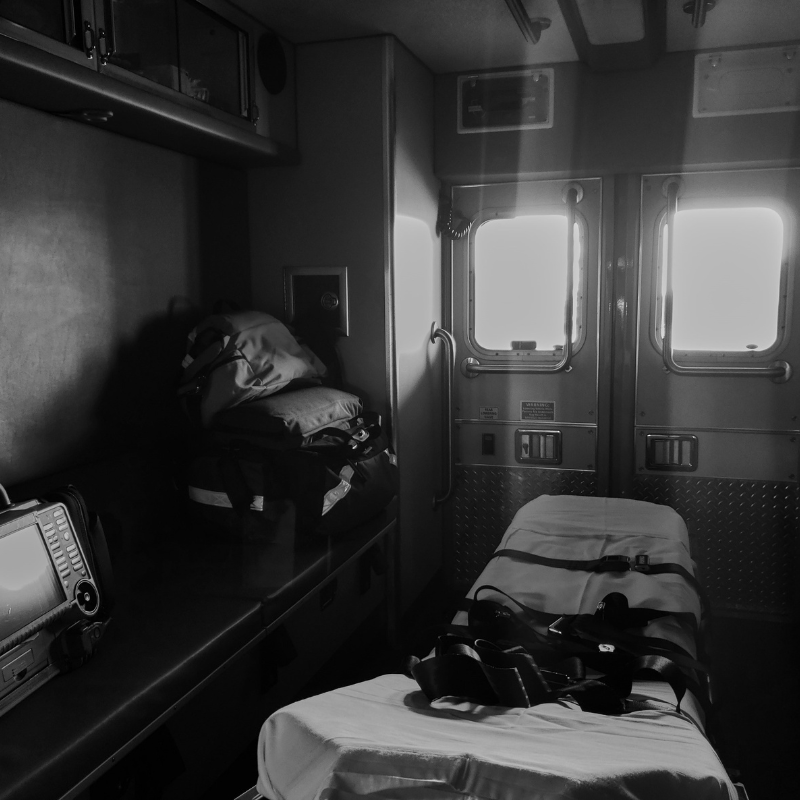


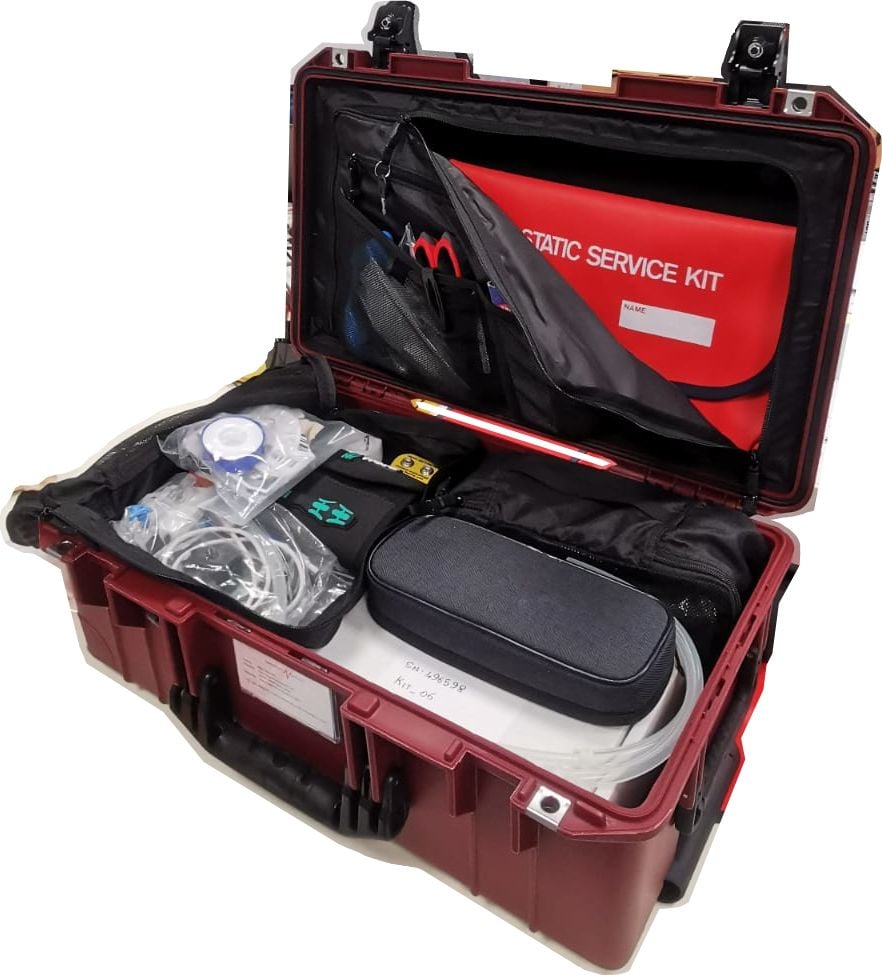
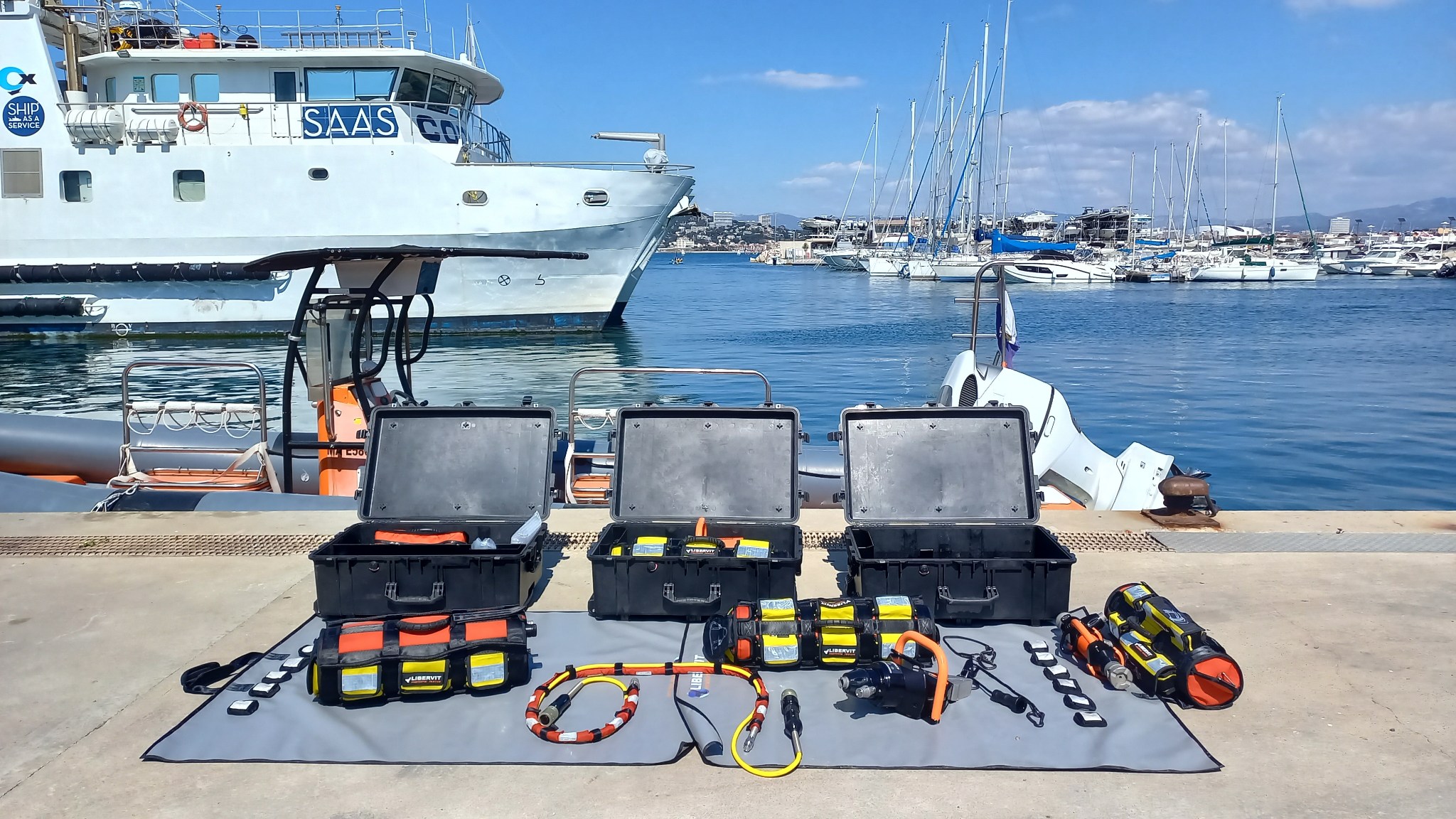
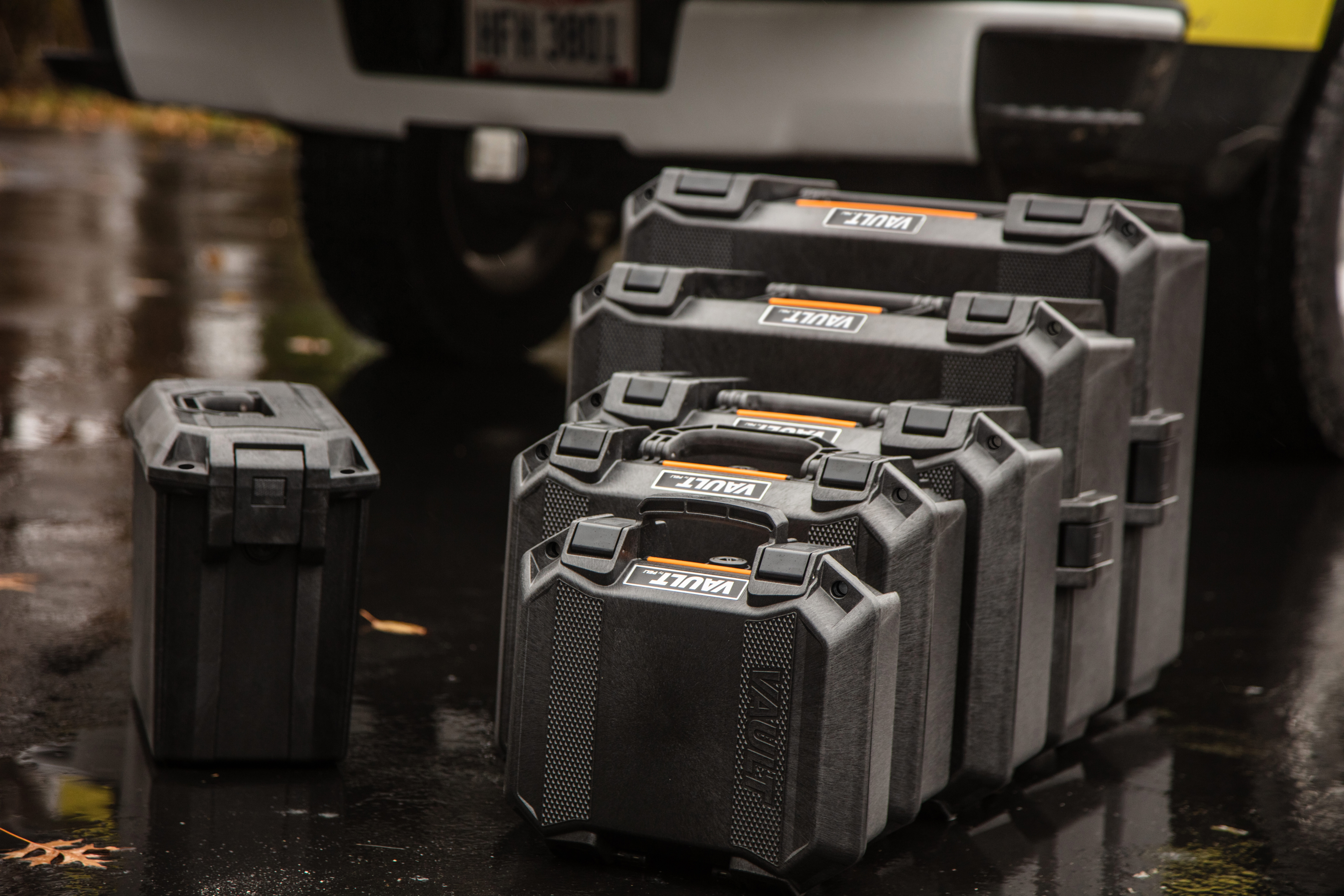
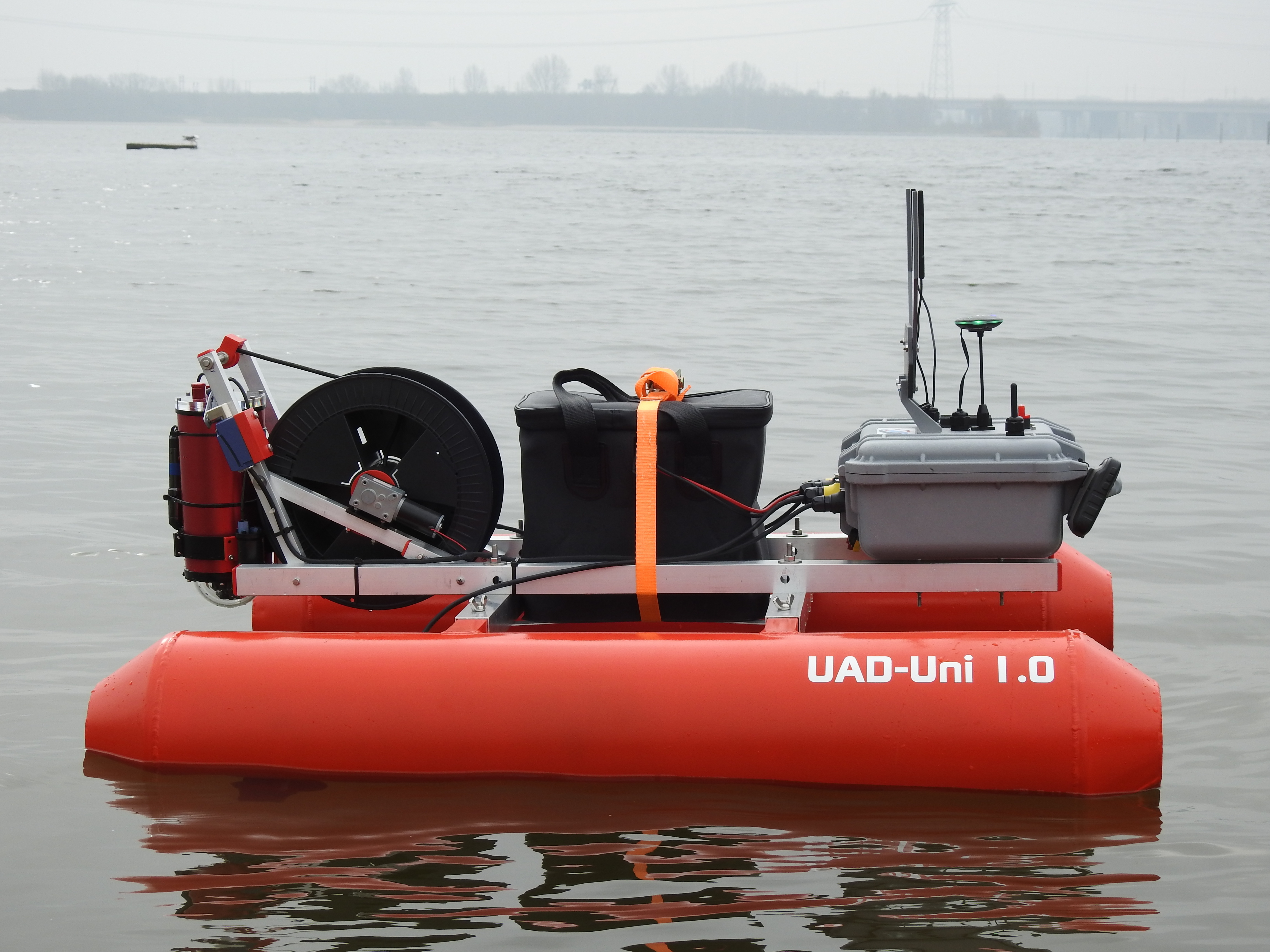


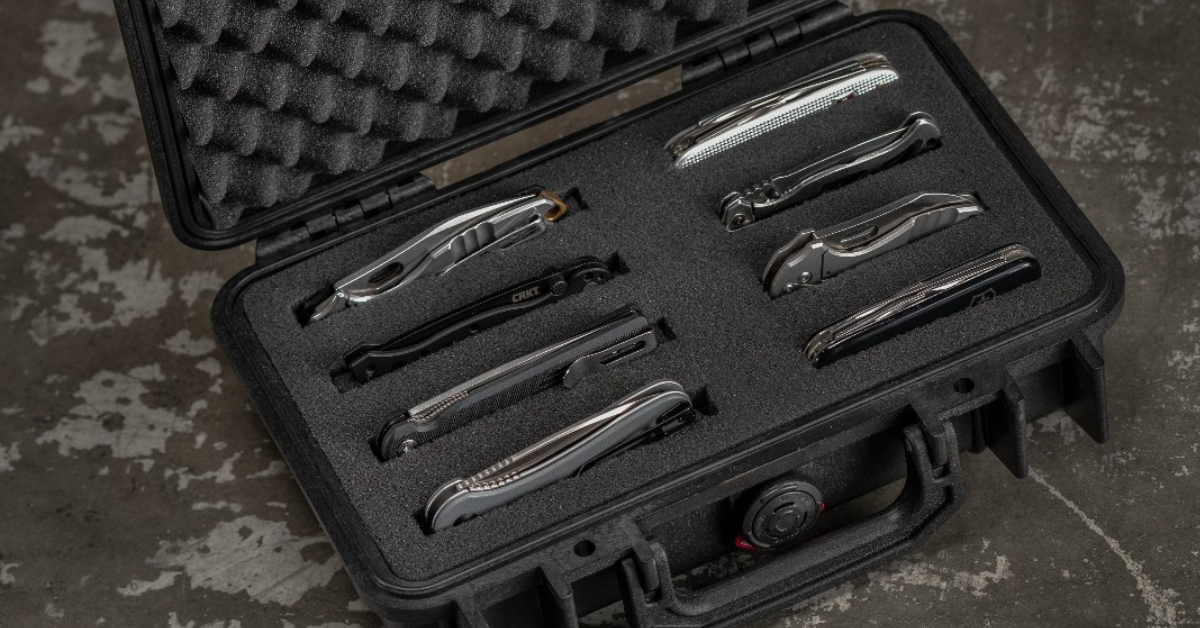
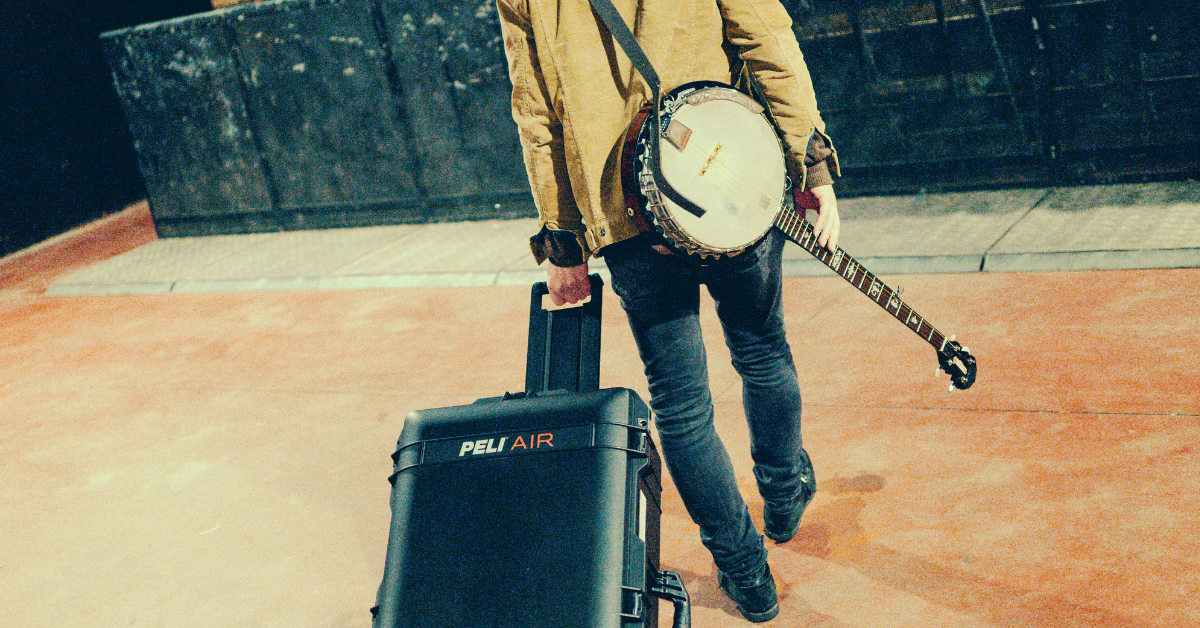

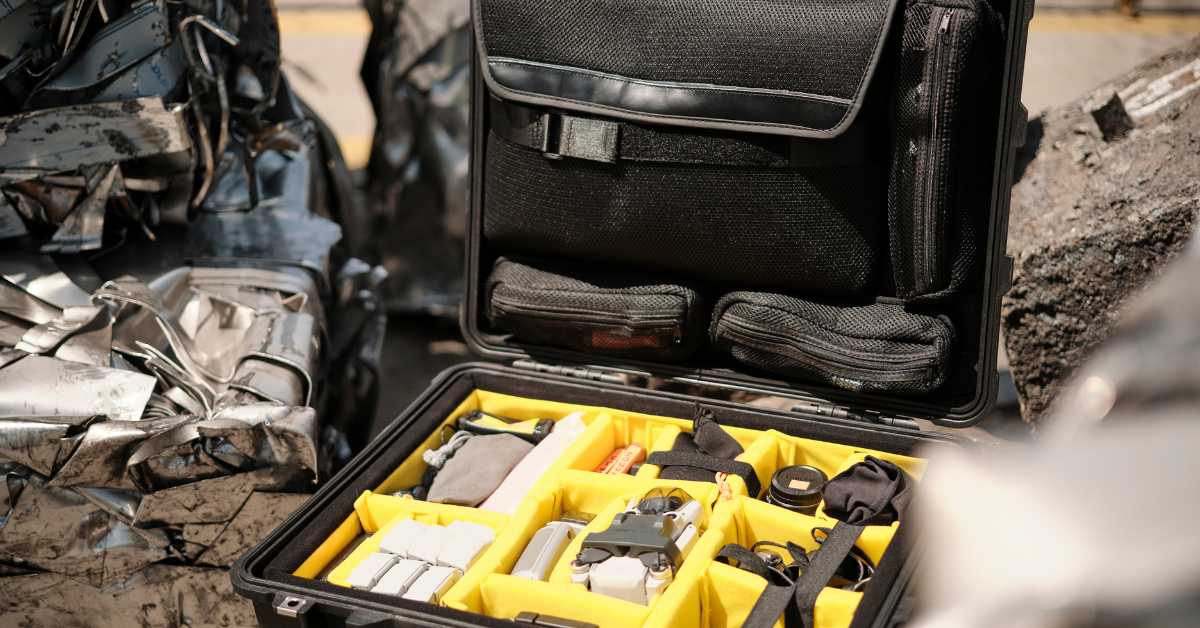
Post a comment